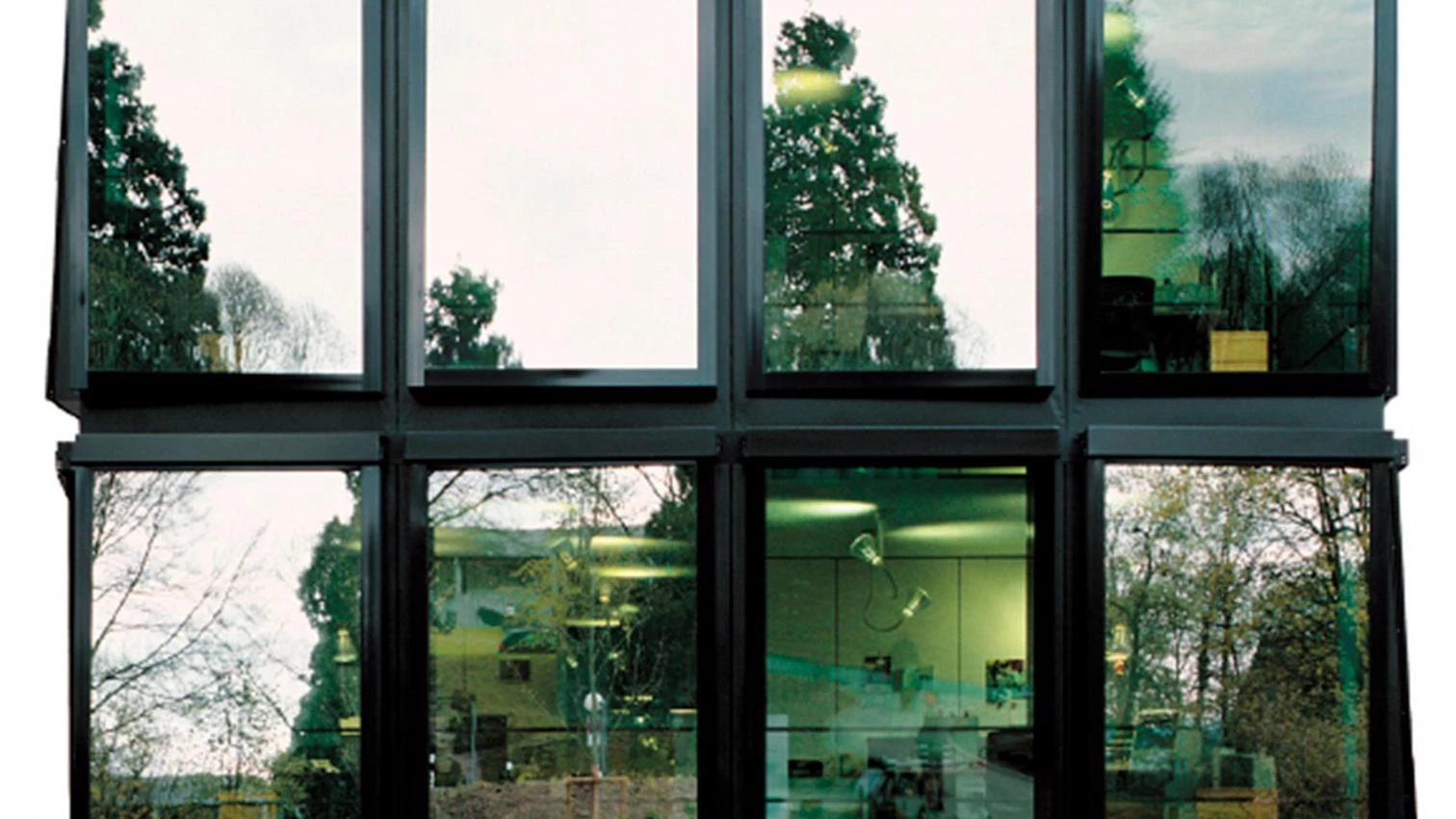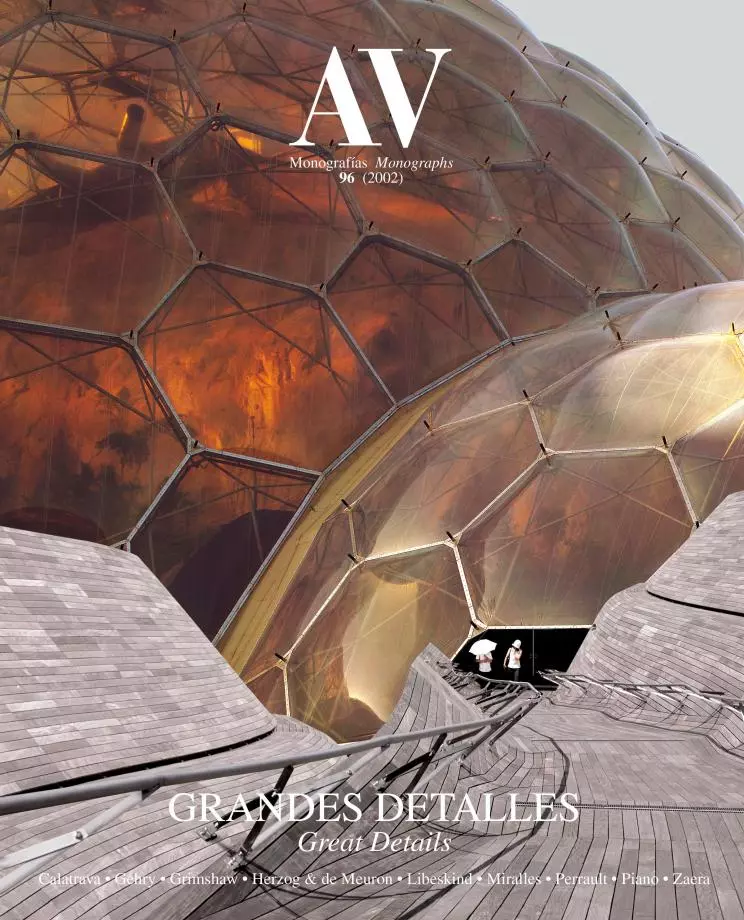
Small details are big. Far from being negligible, they are often the true seeds of the project, the axis of its internal logic and the resilient support of its aesthetic projection. The profane tend to think that buildings are conceived in sequential approaches, beginning with inspired sketches on the back of an envelope and guided through a series of blow-ups to the exacting definition of each fragment; but that itinerary from the general to the particular and from urban scale to constructional precision is usually complemented with the opposite path, through which, after a whirling zoom that goes all the way down to detail, the material decisions adopted at the smallest scale are transferred to the larger ones, which are then enlivened by the insertion of the concrete in the more abstract realm of spatial order. The repetition of this process is a virtuous circle that ties up the technical and visual coherence of the work, and a dynamic generator of architectural excellence.
Just as we identify the voice of a writer in one phrase and discover the artist in one stroke, we recognize the language of the architect in a detail. Beyond narrative structures or symbolic proposals, the emotion of the language of the arts lies in the trembling of a metaphor, the vibration of a color or the unexpected dialogue between two materials. If argument moves us less than texture, it is because singularity resides in those essential minutiae that set apart character and manner. Carlo Ginzburg encouraged us to pursue truth in traces, and the genuine is truly concealed in the tiny vestiges left behind by careful thinking and expert calligraphy. The building is part of a territorial ecosystem, and may be seen as an organism of strict anatomy or physiology; but it still is a cellular construction, whose specificity lies in its genetic fingerprint, its health in its tissues, and its lure in the detailed nuances of its epidermis under the sensual scrutiny of the gaze.
The individuality shown by traces spells the failure of the enlightened project, which tried to rationalize the production of buildings by standardizing their details, in an admirable and sterile pursuit of a constructional Esperanto, and in a both perseverant and misguided quest for architectural objectivity amidst a fuzzy foliage of conflicting subjectivities. In the end, the emblematic works that put details at the service of symbols become urban logos oblivious to rules, because their value as landmarks or trademarks is based on their singularity. These major architectures are also detail architectures, because their constructional peculiarity is ultimately supported by craftmanship, becoming custom-made suits, exclusive models that flaunt the skill of the cut and the quality of the fabric. But be it a hinge of the project, code of the author, or bearer of meaning, the detail is above all a sign of architectural courtesy and urbanity. Are they just details? Let’s be detailed.





